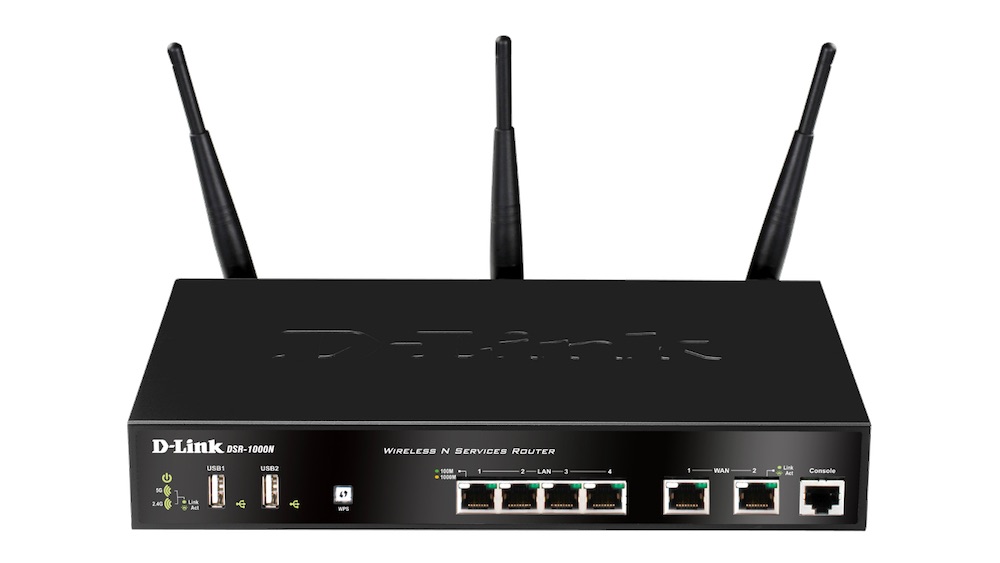Two weeks ago, officials in the private and public sectors warned that hackers working for the Russian government infected more than 500,000 consumer-grade routers in 54 countries with malware that could be used for a range of nefarious purposes. Now, researchers from Cisco’s Talos security team say additional analysis shows that the malware is more powerful than originally thought and runs on a much broader base of models, many from previously unaffected manufacturers.
The most notable new capabilities found in VPNFilter, as the malware is known, come in a newly discovered module that performs an active man-in-the-middle attack on incoming Web traffic. Attackers can use this ssler module to inject malicious payloads into traffic as it passes through an infected router. The payloads can be tailored to exploit specific devices connected to the infected network. Pronounced “essler,” the module can also be used to surreptitiously modify content delivered by websites.
Besides covertly manipulating traffic delivered to endpoints inside an infected network, ssler is also designed to steal sensitive data passed between connected end-points and the outside Internet. It actively inspects Web URLs for signs they transmit passwords and other sensitive data so they can be copied and sent to servers that attackers continue to control even now, two weeks after the botnet was publicly disclosed.
To bypass TLS encryption that’s designed to prevent such attacks, ssler actively tries to downgrade HTTPS connections to plaintext HTTP traffic. It then changes request headers to signal that the end point isn’t capable of using encrypted connections. Ssler makes special accommodations for traffic to Google, Facebook, Twitter, and Youtube, presumably because these sites provide additional security features. Google, for example, has for years automatically redirected HTTP traffic to HTTPS servers. The newly discovered module also strips away data compression provided by the gzip application because plaintext traffic is easier to modify.





 Loading comments...
Loading comments...
